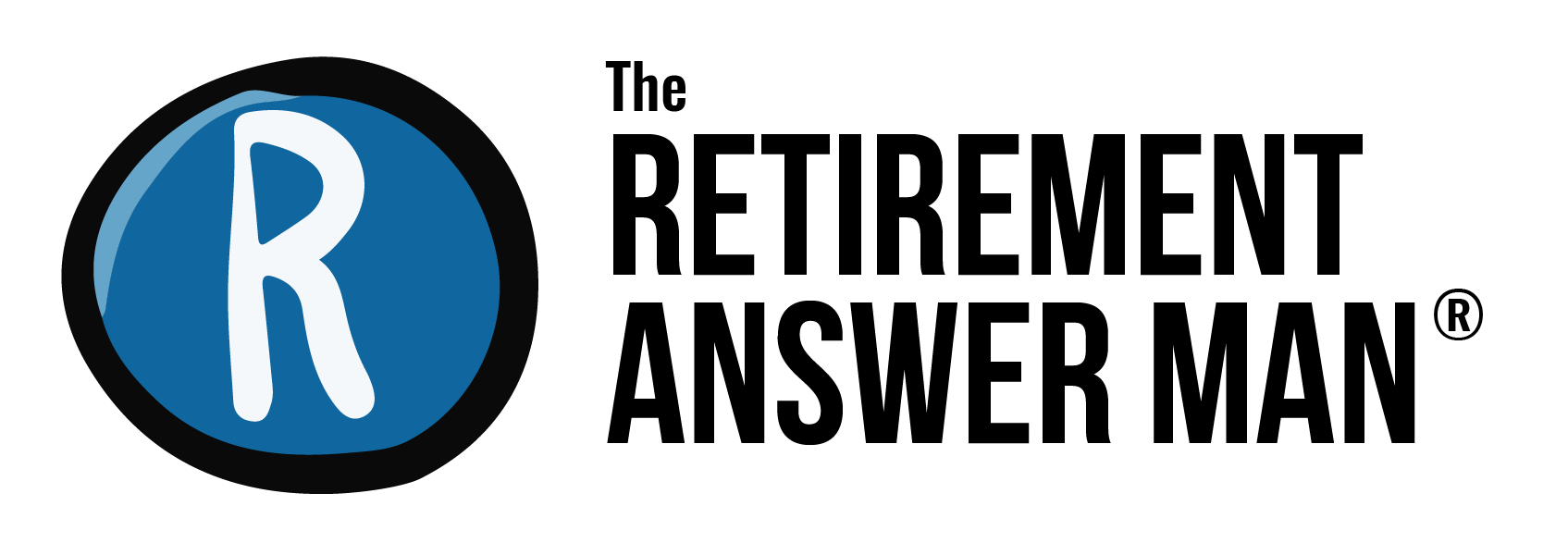How Your iPhone Promotes Poor Spending Habits and 4 Ways to Fix It
“A penny saved is a penny earned”. Benjamin Franklin would roll over in his grave if he knew how many pennies we’ve blown on apps for our iPhone and iPad.
Apple’s iPhone and iPad are great devices, but not in the way you may think. What makes them truly great is their ability to get you to spend money without thinking. This is great for them but bad for you if you want to improve spending habits.
In 2012 there were 20 billion apps downloaded from Apple’s app store generating just under $5 billion in revenue. Read that again, slowly.
Downloading apps for your iPhone or iPad is just too easy to resist. The average price for an app is only $1.60. A harmless amount for most of us. Just click a button and your bank or credit card is automatically charged. In under 5 seconds you can make a purchase without feeling like you’ve even done anything.
These seemingly harmless clicks can add up to real money and, even worse, promote poor spending habits.
The Cost of Apps Add Up to Real Money
I’ll admit it. I am an iPhone and iPad nut. I love them. Currently, I have 146 apps (91 on the iPhone and 55 on the iPad). Assuming each cost the average price of $1.60, I’ve spent $233.60 on iPhone and iPad apps. This doesn’t include deleted apps. If I added the apps my wife, son and daughter have downloaded it would be staggering (especially if I included iTunes).
Once I looked at my app spending habits, I became much more thoughtful about my decision to downloading apps.
Here are 4 ways I’ve found to spend more intentionally on iPhone and iPad apps:
Review your app store spending each month. Each time you purchase an app from Apple, you receive an e-mail receipt. Save these in a folder and review them at the end of each month. It is a great way to track app spending and build more intentional spending habits. It also can provide a good lesson to help your kids develop better spending habits.
Remove the temptation. No I am not suggesting you toss your iPhone (God forbid!), just make the app store hard to find. Ever notice how if you don’t go to the mall, you don’t buy anything there? Same concept. Bury the app store app deep in a folder on the 3rd screen. IOS7 updates your current apps automatically, so there really isn’t a reason to go to the app store anymore.
Become a ninja master at a few apps. The power isn’t in the tool, it is in the trained user. If you already have 3 To Do apps, chose one and learn how to use it. Take 30 days to build the habit of using it and you will most likely experience the promised productivity gains. There are plenty of free tutorials on develop websites or YouTube.
Practice patience. Buying apps is a habit. Like smoking, it takes time to quit. If you have a moment of weakness and download that cool game your friend told you about, don't worry. The process is a series of small wins with some setbacks. If you have an app you want, wait a day before clicking download. While you’re waiting, the urge may simply pass.
Buying too many iPhone apps won’t ruin your financial future but it may lead to poor spending habits. Good spending habits are essential to building a better financial future. Over time your little choices count
QUESTION: How have you handled purchasing iPhone apps? Let me know via Twitter Tweet to @roger_whitney
